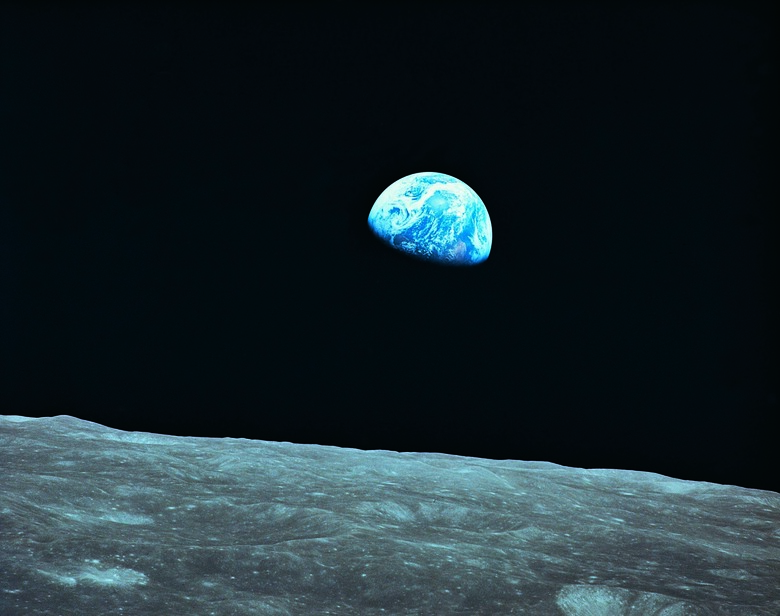Throwing A Rock On The Moon
If you ever have a chance to travel to the moon, you may find it an enlightening experience. The view of our planet from afar may provoke a spiritual awakening, but you'll also be feeling lighter because the gravity is only one-sixth of what it is on Earth. You'll be able to jump feet instead of inches, and you'll be able to throw a rock farther and faster than you could on Earth.
Facts for Rock Throwers
Facts for Rock Throwers
The moon is about one-quarter the size of our planet, but its gravity is only 1/6 as much. This means that a person weighing 150 pounds on Earth would only weigh 25 pounds there. Because of the reduced force of gravity, objects thrown in the air, besides going farther, fall to the ground more slowly. Although scientists suspect the moon has an iron core, it doesn't have the magnetic field or gravity necessary to retain an atmosphere. Besides creating extreme temperature variations between the light and dark sides of Earth's satellite, the lack of an atmosphere means that rock throwers don't have to contend with atmospheric drag.
Light Rocks
Light Rocks
If you want to throw a rock as far as possible on the moon, you should do it as soon as you arrive from Earth, while your muscles are still accustomed to Earth conditions. When you pick up your first moon rock to hurl, you may be surprised at how light it feels, but to get the maximum distance, choose a pebble, which will have about the weight of a feather. Your muscles won't have to exert any more force than what it takes to execute the throwing motion, and there's no atmosphere to hinder the rock's progress.
Angling the Throw
Angling the Throw
If you weren't encumbered by the gear necessary to survive on the moon, you would be able to give your rock a higher initial velocity than it would have on Earth. Even if all other conditions were identical to those on Earth, this alone would be enough to send it farther, but the lack of atmosphere and reduced gravity would contribute even more distance. To get the maximum horizontal distance, you would have to throw the rock at a 45-degree angle. You might think that if you did, and you gave the rock enough initial velocity, you could send it into orbit.
Almost Orbiting Baseballs
Almost Orbiting Baseballs
Nolan Ryan threw the fastest baseball ever thrown on Earth at an initial velocity of 101 miles per hour (45 meters per second). On the moon, the same baseball would be subject to one-sixth the deceleration force, increasing its initial velocity by the square of the proportional difference, or 36. Its initial velocity would thus be 3,636 miles per hour (1,625 meters per second). The escape velocity on the moon is only one-sixth what it is on Earth, but still about 5,370 miles per hour (2,400 meters per second). Even though wind drag is absent, the ball still wouldn't go into orbit, but if launched at a 45-degree orbit, it would land several miles away.
Cite This Article
MLA
Deziel, Chris. "Throwing A Rock On The Moon" sciencing.com, https://www.sciencing.com/throwing-rock-moon-20889/. 24 April 2017.
APA
Deziel, Chris. (2017, April 24). Throwing A Rock On The Moon. sciencing.com. Retrieved from https://www.sciencing.com/throwing-rock-moon-20889/
Chicago
Deziel, Chris. Throwing A Rock On The Moon last modified March 24, 2022. https://www.sciencing.com/throwing-rock-moon-20889/
